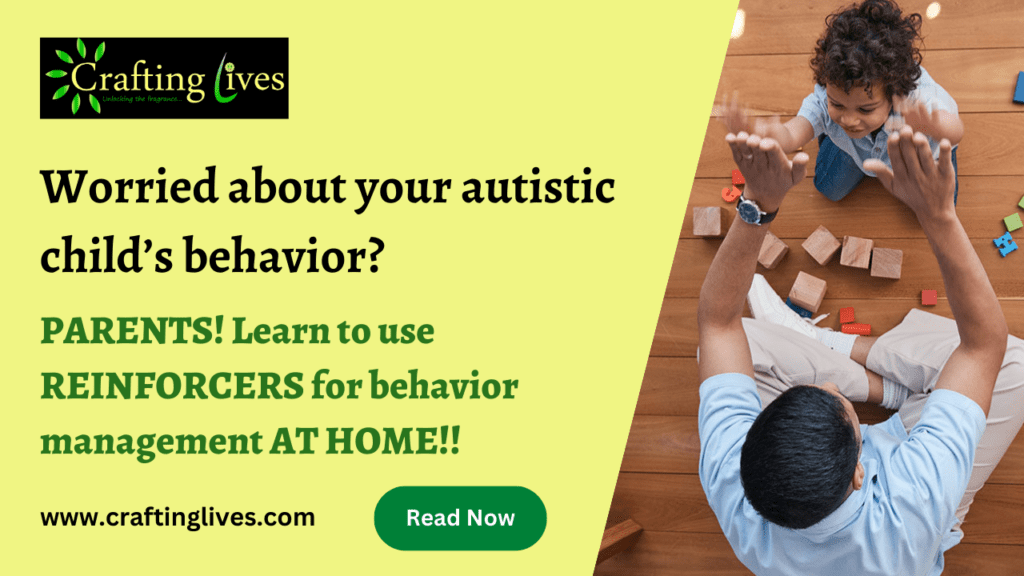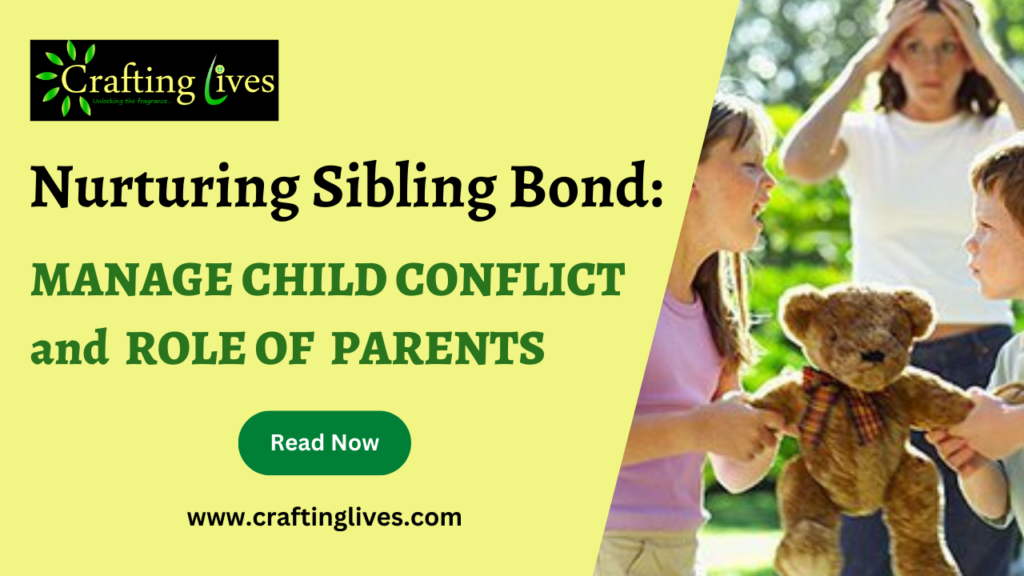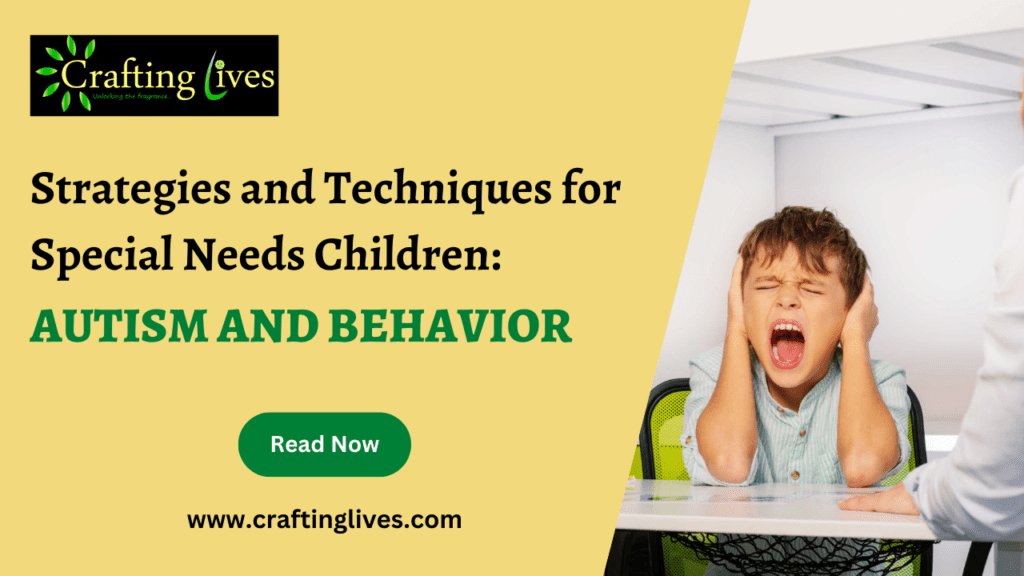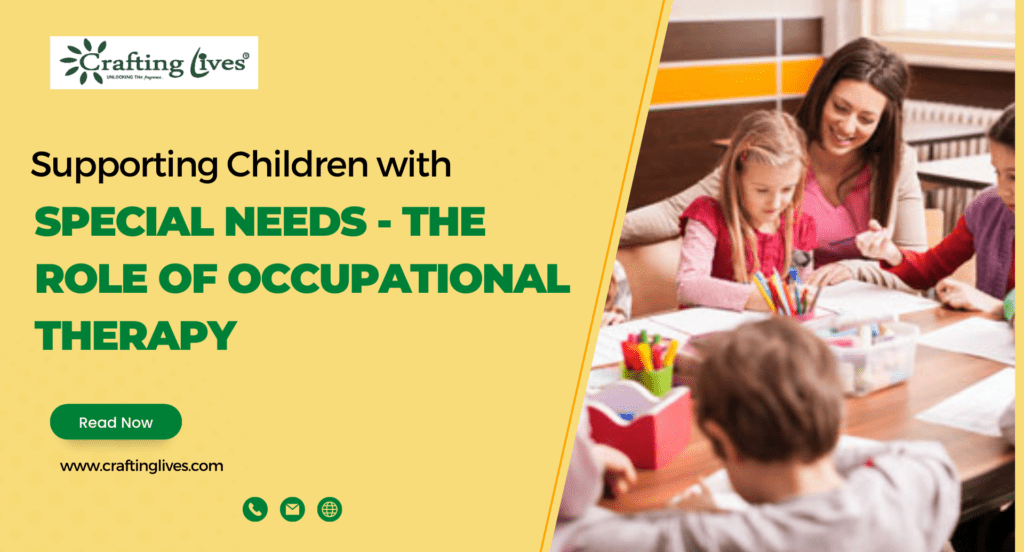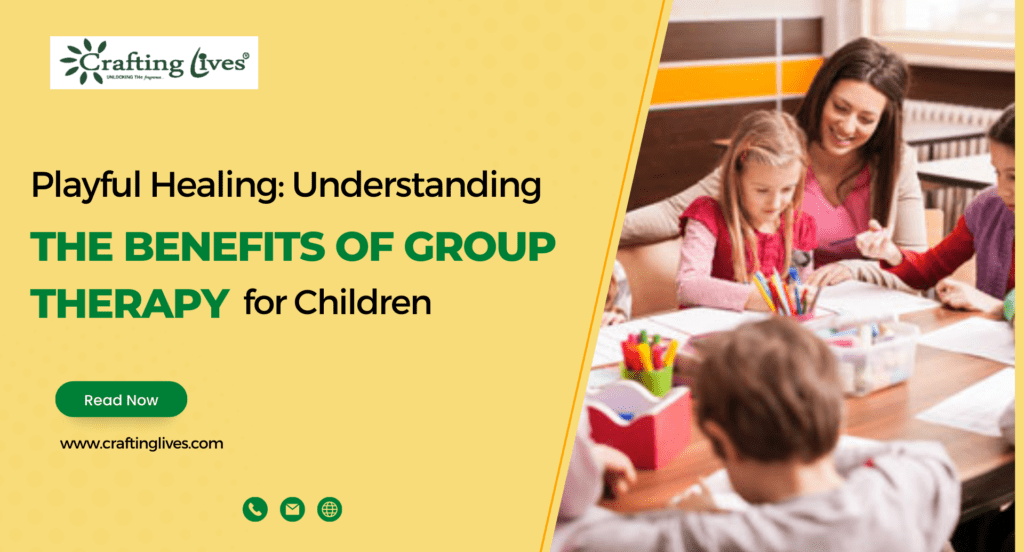Effective Use of Reinforcer for a Child with Autism
Children with autism spectrum disorder (ASD) often face challenges in learning and behavior regulation. One effective strategy for supporting their development is the use of reinforcers. Reinforcers are stimuli that follow a behavior and increase the likelihood of that behavior occurring again in the future. To put simply, reinforcers are used to increase the motivation of the child to do a particular activity, thus reducing the resistant level.
In the context of autism intervention, understanding how to identify and utilize reinforcers is crucial for promoting positive behaviors and skill acquisition.
By using reinforcers effectively, you can help motivate children with autism to engage in desired behaviors and facilitate their learning and development. However, it’s important to work closely with professionals experienced in ABA therapy to develop and implement an individualized behavior intervention plan tailored to the specific needs of the child.
Effective Use of Reinforcer for a Child with Autism Read More »

